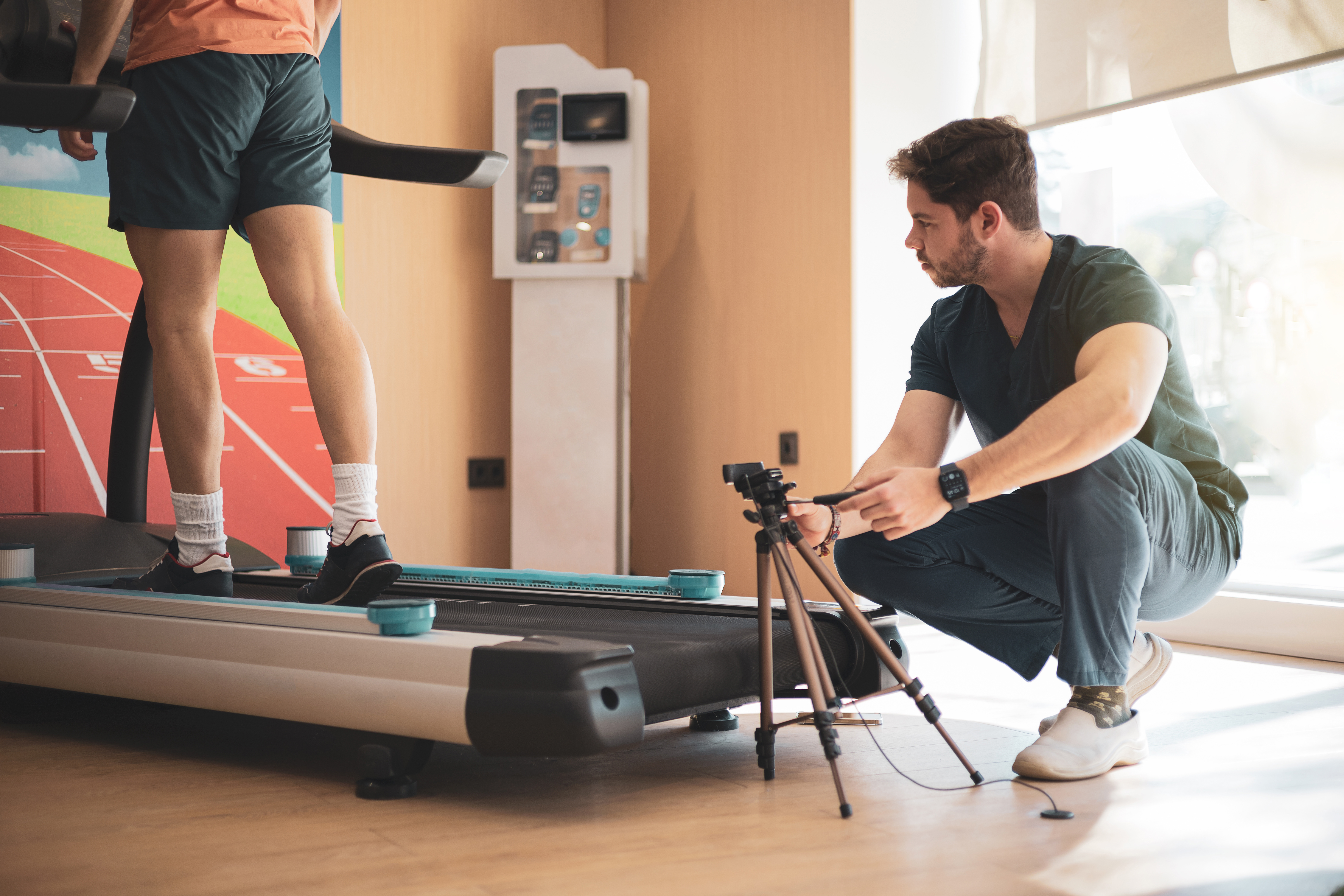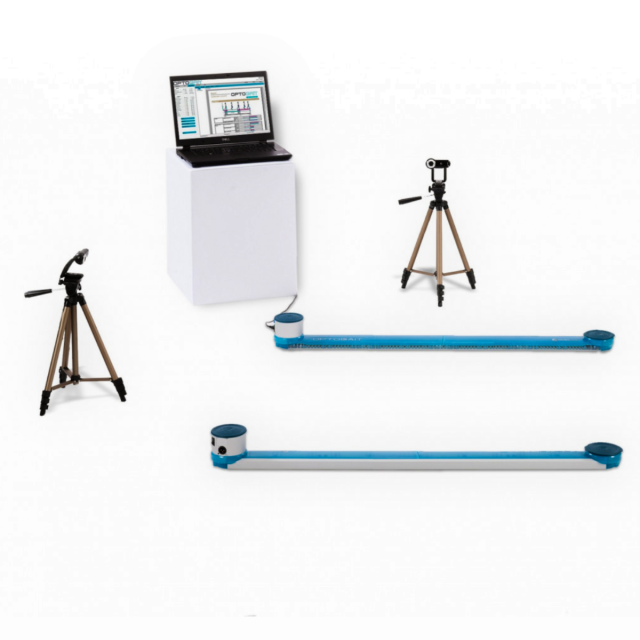Why every Physiotherapist needs a Gait Analysis System

Gait analysis has been offering medical insights for over 50 years. With the rapid advancement of technology, including enhancements in sensors, cameras, and software, these systems now enable the collection of more precise and insightful data that aids in a patient’s treatment plan or to enhance an athlete’s performance.
Used by medical professionals, athletes, and researchers, gait analysis has proven to be an effective tool in identifying and treating issues with the musculoskeletal system in humans – and even animals. Gait analysis systems can be used across a wide range of medical professions but the most notable being physiotherapists, due to the myriad of benefits to both the patient and the clinician.
Gait abnormalities and treatment
Physiotherapy is essential in the treatment and management of gait conditions. Some of the most common types of gait abnormalities include:
- Trendelenburg gait
- Foot drop
- Ataxia
- Scissor gait
- Antalgic gait
- Festinating gait
- Steppage gait
- Freezing gait
- Stomping gait
There are a range of reasons as to why someone may have issues with their gait, including fractures, soft tissue injury, neurological conditions, reduced mobility, and cardiac conditions.
Gait analysis systems like Optogait provide quantifiable data, allowing physiotherapists to make objective assessments rather than relying solely on subjective observations. This data can be collected across a range of exercises and treatments for musculoskeletal injuries, gait abnormalities, neurological disorders, orthopaedic conditions and more.
Many musculoskeletal problems can be traced back to abnormalities in gait, so gait analysis systems can help clinicians offer more targeted interventions. Not only can it be used to treat injury, but it can also be used to foresee and prevent issues before they arise by identifying parts of the body susceptible to injury and providing suitable intervention.
Throughout a patient’s treatment process, physios can monitor gait by tracking changes in movement patterns and outlining how recovery will look on its current trajectory. Depending on the patients treatment requirements, a physio may suggest treatment such as orthotic therapy, like Interpod and Slimflex , to help align and correct a patient’s gait. Other interventions may include exercises using items like resistance bands and rollers to help rehabilitate patients through a series of movements designed to strengthen the body, reduce pain, and increase mobility.
For physiotherapists working in private practice, it may be necessary for them to travel to their patients to perform assessments and provide treatments - for this reason, a gait analysis system is a fantastic tool in their arsenal. The problem with lots of gait analysis systems are that they have complex infrastructure and are designed to be used in one set location. However, modern solutions like the Optogait, allow physios to take their gait analysis system with them on-the-go opening up treatment opportunities, especially for patients with limited mobility as they won’t have to travel for treatment.
Another benefit of Optogait is its excellent, easy-to-use, advanced reporting features which allows physiotherapists to visualise a patient’s condition and can be used to provide visual feedback of a patient's movement. This can be invaluable in helping patients understand their issues and the importance of adhering to therapeutic recommendations, which encourages co-operation and an improved likelihood of a successful treatment – if patients can see the evident effects of their efforts, they are more likely to be motivated and engaged in their rehabilitation.
Aside from the medical benefits of gait analysis systems, physios can expect to see an increase in referrals as doctors and other healthcare professionals are more likely to refer patients to physiotherapists who utilise advanced diagnostic tools like gait analysis.
Incorporating a gait analysis system is not simply about adopting a new piece of technology; it's about enhancing the quality-of-care physiotherapists provide to their patients. By offering a more detailed, objective, and holistic view of a patient's movement, gait analysis can be a game-changer in the world of physiotherapy.



